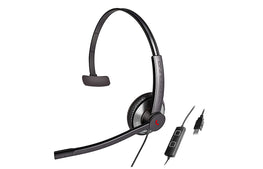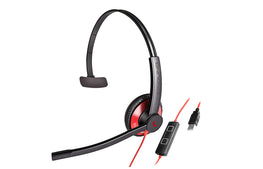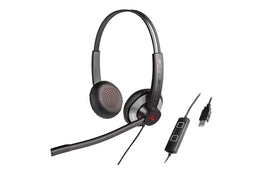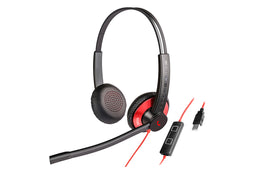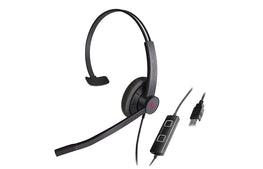
A look at how voice recognition promotes eye health
A job in the modern world that involves typing of any sort will likely involve sitting in front of a computer for quite a bit of time. While most people in these jobs are concerned about repetitive strain injuries or the sedentary nature of their time in the office, they should also be aware of how their eyes are affected.
Whether the effects are fleeting or long-lasting, it's becoming clear that computers are putting a real strain on our eyes, but voice recognition software is offering some relief.
What is digital eye strain?
Whether at home, at work or on the go, people are spending more time in front of screens. According to Ernst and Young's Digital Australia, a significant portion of Australians are using digital devices for two hours or more each day; this includes 34 per cent on mobile phones, 52 per cent on laptops or notebooks and 58 per cent on desktop computers.
These lengthy sessions looking at devices are having some adverse effects on eye health in Australia and around the world. A report by The Vision Council noted that 65 per cent of Americans reported symptoms of computer-related eye issues.
According to OPSM, issues from overuse of a computer or other digital device include:
- Blurry vision.
- Itching and burning sensations in eyes.
- Headaches.
- A dry or tired feeling in eyes.
This suite of symptoms is more commonly referred to as digital eye strain or computer vision syndrome.
Are computer screens causing permanent damage?
While itchy eyes are annoying, the fear that screens are causing more lasting damage is an issue of concern. Unfortunately, there isn't a clear consensus on how permanent the effects of digital eye strain are.
While some experts say that it doesn't carry the risk of long-term vision problems, researchers in Madrid have found that radiation from LEDs – a key component in many screens – can cause cellular degradation in the retinal pigment epithelium (RPE) cells found in the human eye.
The scientists introduced RPE cells to red, blue, green and white light from LEDs and measured cellular viability after the exposure. Results showed a 75 to 99 per cent decrease in the cells' viability under white, green and blue LEDs, but findings with the red LEDs was judged insignificant.
The difference between colours of LEDs has to do with where they fall on the visible light spectrum. Measured in nanometres, the wavelength of light determines its colour and spectrum position. According to the Review of Optometry, the most harmful range of the spectrum is between 415 and 455 nanometres. The Vision Council reports that this poses a potential overlap with the range of visible light emitted by most digital devices, which starts at 400 nanometres.
How can dragon speech recognition help?
Whether or not the effects of blue light from computer screens have long-term adverse effects, it is still a good idea to take regular breaks. The American Optometric Association recommends that people follow the so-called 20/20/20 rule – every 20 minutes, stare at an object 20 feet away for 20 seconds.
While these breaks can help mitigate the effects of digital eye strain, they are just a small step in addressing the larger issues. After all, a break every 20 minutes can interrupt workflow, and there's still potential for eye strain with those rest periods.
Dictation software, on the other hand, provides a way to continue working productively while taking even longer breaks from looking at a screen. Conceivably, a practised Dragon speech recognition user could plough through a number of tasks on a computer without having to look at the screen even once.
For more information about the benefits of speech-to-text software, contact Voice Recognition today.
The post A look at how voice recognition promotes eye health appeared first on Speech Recognition Blog.

